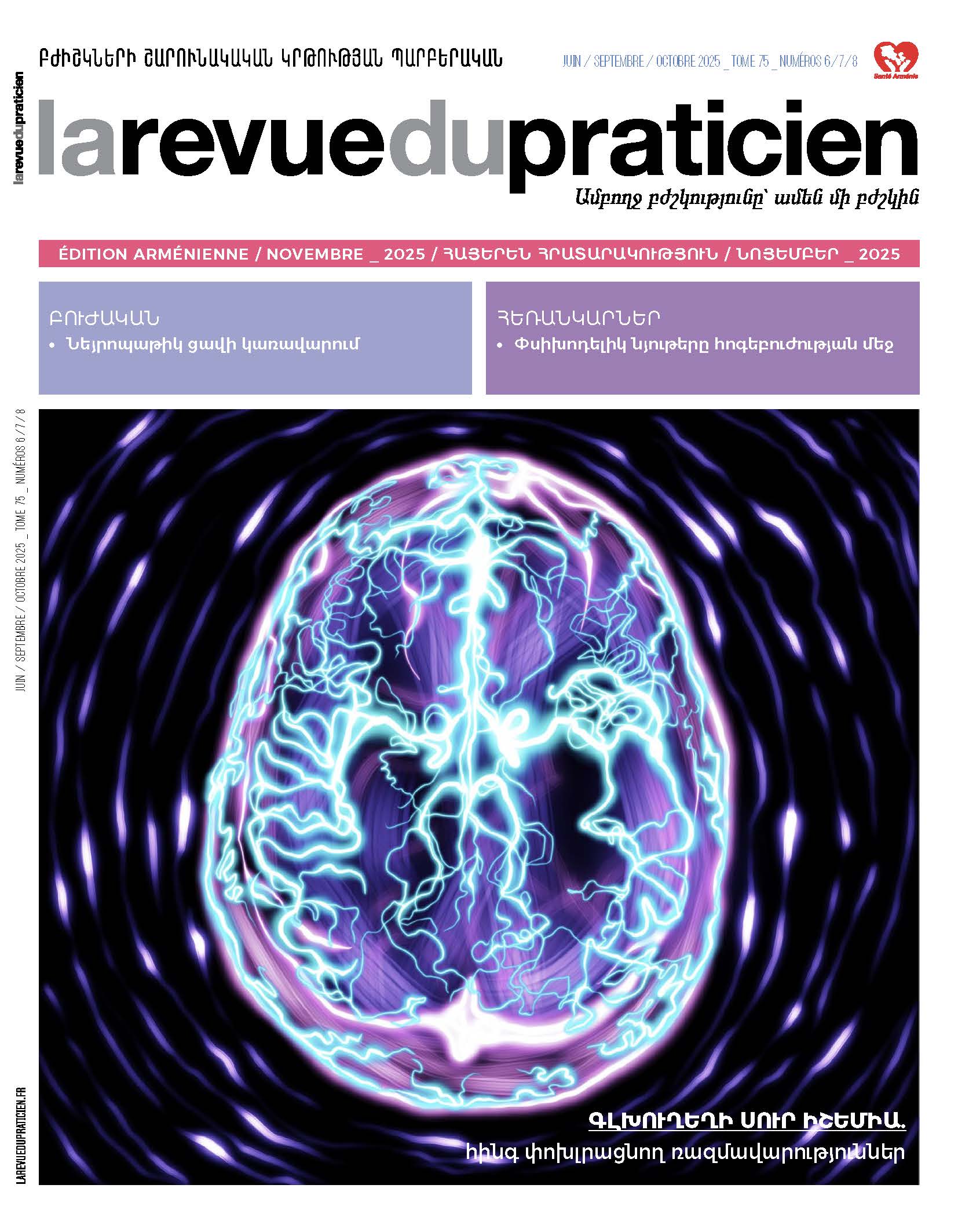Abstract
Neuropathic pain represents a major challenge in the diagnosis and initiation of treatment. This article provides an overview of its definition, epidemiology, and common etiologies. Current diagnostic tools, such as the DN4 questionnaire, are highlighted for their practicality in daily clinical use. The therapeutic section covers first-line treatments, such as antidepressants (duloxetine, amitriptyline) and antiepileptics (gabapentin, pregabalin), emphasizing dosage and patient management in primary care. Non-pharmacological treatments, including physical therapy, adapted physical activity, and psychological support, are also discussed. This multimodal approach is crucial for effective management, especially in chronic cases, while referral to pain specialists is recommended for complex or refractory cases. By adopting these strategies, GPs can offer significant relief to patients with neuropathic pain, improving their quality of life and reducing the burden on the healthcare system.
Keywords :
Neuropathic pain.
